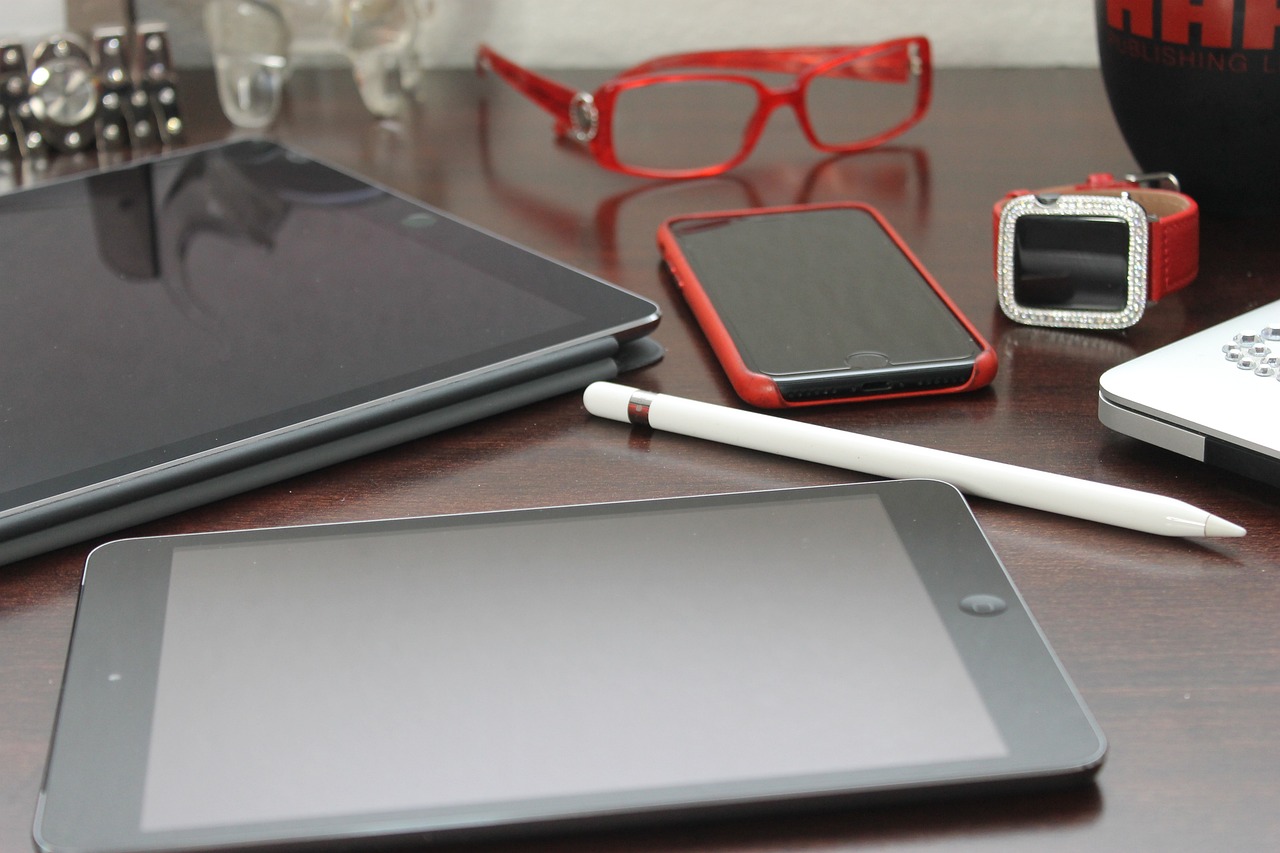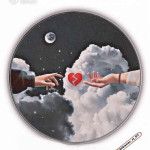
Introduction:
Wearable technology has emerged as a dynamic field at the intersection of technology and fashion, revolutionizing the way we interact with devices. From smartwatches monitoring health metrics to augmented reality glasses enhancing our daily experiences, wearable technology seamlessly integrates into our lives. This burgeoning industry demands professionals with a deep understanding of electronics, software development, and design to create innovative and user-centric devices that push the boundaries of what is possible. This introduction sets the stage for exploring the technical and professional aspects of the wearable technology landscape.Wearable technology has emerged as a transformative force, seamlessly integrating into our daily lives and revolutionizing various industries. From fitness trackers to smartwatches and augmented reality glasses, wearables have evolved beyond mere gadgets, becoming indispensable tools that enhance productivity, health, and overall well-being.
Health and Wellness:
Wearables have taken center stage in the health and wellness sector, empowering individuals to monitor and manage their health proactively. Fitness trackers, equipped with advanced sensors, provide real-time data on physical activity, heart rate, and sleep patterns. These devices enable users to make informed decisions about their lifestyle, fostering a culture of preventive healthcare.
Smartwatches and Productivity:
The integration of smartwatches into our daily routines has redefined productivity. Offering features such as notifications, calendar reminders, and even communication capabilities, smartwatches keep users connected without the need to constantly check their smartphones. This seamless connectivity enhances efficiency in both personal and professional spheres.
Industrial Applications:
Wearable technology is not confined to personal use; it has also made significant inroads into various industries. In manufacturing, for instance, augmented reality (AR) glasses have revolutionized training and maintenance processes. Workers can access real-time information and instructions, improving precision and reducing errors.
Fashion and Personalization:
Beyond functionality, wearables are becoming fashion statements. Companies are incorporating technology into clothing and accessories, blurring the lines between style and innovation. This convergence of fashion and tech allows users to express their individuality while enjoying the benefits of cutting-edge technology.

Challenges and Opportunities:
Despite the strides made in wearable technology, challenges persist. Concerns about data privacy and security, battery life, and the need for standardization continue to be areas of focus for manufacturers. However, these challenges also present opportunities for innovation and improvement, fostering a dynamic industry poised for growth.
The Future Landscape:
As technology continues to advance, the future of wearables holds immense promise. Integration with artificial intelligence (AI), enhanced biometric capabilities, and the development of new form factors are among the trends shaping the next generation of wearables. The potential applications are vast, spanning healthcare, entertainment, education, and beyond.
Conclusion:
Wearable technology has transcended its initial novelty, becoming an integral part of our interconnected world. Its impact on health, productivity, and industry is undeniable, and as innovation continues, the possibilities are limitless. Embracing the symbiosis of fashion and technology, wearables are poised to shape the future, enhancing our lives in ways we are only beginning to imagine.



You must be logged in to post a comment.